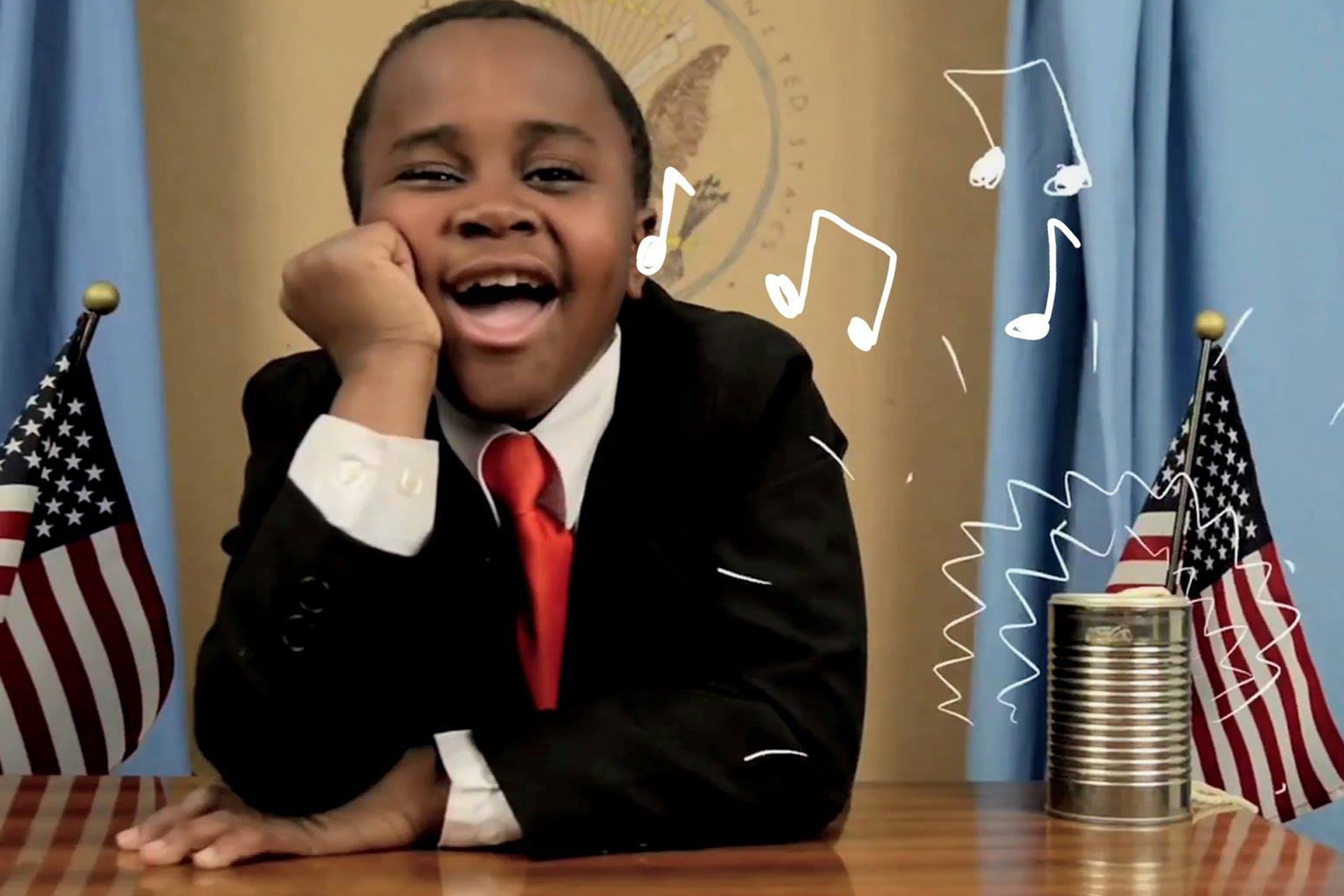Make a comedy
Write and perform a simple short comedy sketch with friends, create characters, practice jokes, and learn timing, expression, and teamwork.



Step-by-step guide to make a comedy sketch
FUNNIEST Kid Comedians on Got Talent Will Make You LOL🤣
Step 1
Gather your paper pencil props clear space and friends so everyone is ready to start.
Step 2
Pick a simple funny situation or problem that your sketch will be about.
Step 3
Create each character by writing one short sentence about who they are.
Step 4
Write the opening scene in one or two short sentences to set up the situation.
Step 5
Write the middle scene in one or two short sentences where the problem gets funnier or more confusing.
Step 6
Write the ending in one or two short sentences that gives a clear punchline or solution.
Step 7
Add one or two jokes or silly actions to each scene and mark them in your script.
Step 8
Assign who says each line by writing each performer’s name next to their lines.
Step 9
Assign one prop or costume piece to each performer by noting it in the script.
Step 10
Do a slow read-through of the whole sketch out loud with everyone.
Step 11
Run the sketch again and practice short pauses bigger facial expressions and clear voices.
Step 12
Make one small change to a line or action if a joke needs to be stronger then try the sketch again.
Step 13
Perform a full dress rehearsal from start to finish using your props and moving in the performance space.
Step 14
Perform the sketch for family or friends as your final show using everything you practiced.
Step 15
Share your finished sketch on DIY.org.
Final steps
You're almost there! Complete all the steps, bring your creation to life, post it, and conquer the challenge!


Help!?
What can we use if we don't have special props or costumes listed in the 'Gather your paper pencil props clear space and friends' step?
Substitute household items like spatulas for props, pillowcases or scarves for costumes, and label cardboard boxes or paper signs to stand in for missing props as you note each performer's piece in the 'Assign one prop or costume piece' step.
What should we do if the sketch feels flat or actors keep forgetting lines during the 'Do a slow read-through' and rehearsals?
Tape each performer's short script to their prop or costume, pencil in marked pauses and big facial-expression reminders during the 'Do a slow read-through' and 'Run the sketch again' steps, and use the 'Make one small change to a line or action' step to tighten any weak jokes.
How can we adapt the instructions for much younger children or older kids preparing for a performance?
For younger children, turn the 'Create each character' step into drawing characters and limit each scene to one short sentence, while older kids can expand scenes, add more jokes, complex props, and plan a video recording during the 'Perform a full dress rehearsal' and 'Share your finished sketch on DIY.org' steps.
What are simple ways to extend or personalize the sketch after the basic rehearsal steps?
Enhance the final show by composing a short theme, adding homemade sound effects, personalizing each assigned prop or costume from the 'Assign one prop or costume piece' step, and staging a styled entrance during the 'Perform a full dress rehearsal' before you 'Share your finished sketch on DIY.org'.
Watch videos on how to make a comedy sketch
5th Grade Boys Talent Show!
Facts about children's theater and improv
⏱️ Great comedy often comes down to timing: a tiny pause or a faster punchline can change how funny a joke feels.
📝 Comedy sketches are short — many TV sketches are just 30 seconds to 5 minutes, so you can write, rehearse, and perform lots of them!
🎬 Silent-film comedians like Charlie Chaplin used facial expression and movement to get laughs without any words.
🎭 Sketch comedy mixes short, scripted scenes and characters to tell quick, funny stories — perfect for practicing acting and timing.
🌟 The Second City is a famous comedy troupe and school that helped launch stars like Tina Fey, Steve Carell, and Stephen Colbert.
How do I help my child write and perform a short comedy sketch with friends?
What materials do we need to make a comedy sketch at home?
What ages is writing and performing a short comedy sketch suitable for?
What are the benefits of kids writing and performing comedy sketches?


One subscription, many ways to play and learn.
Only $6.99 after trial. No credit card required


